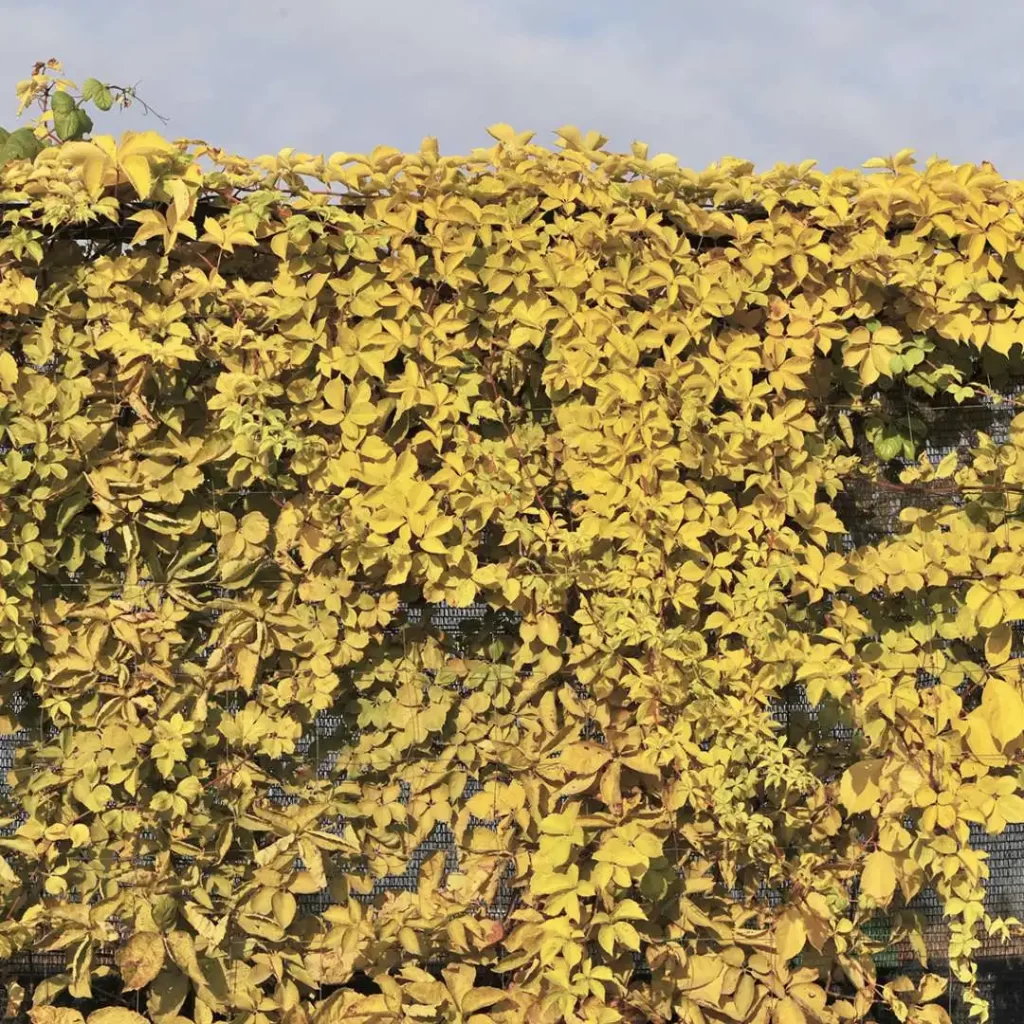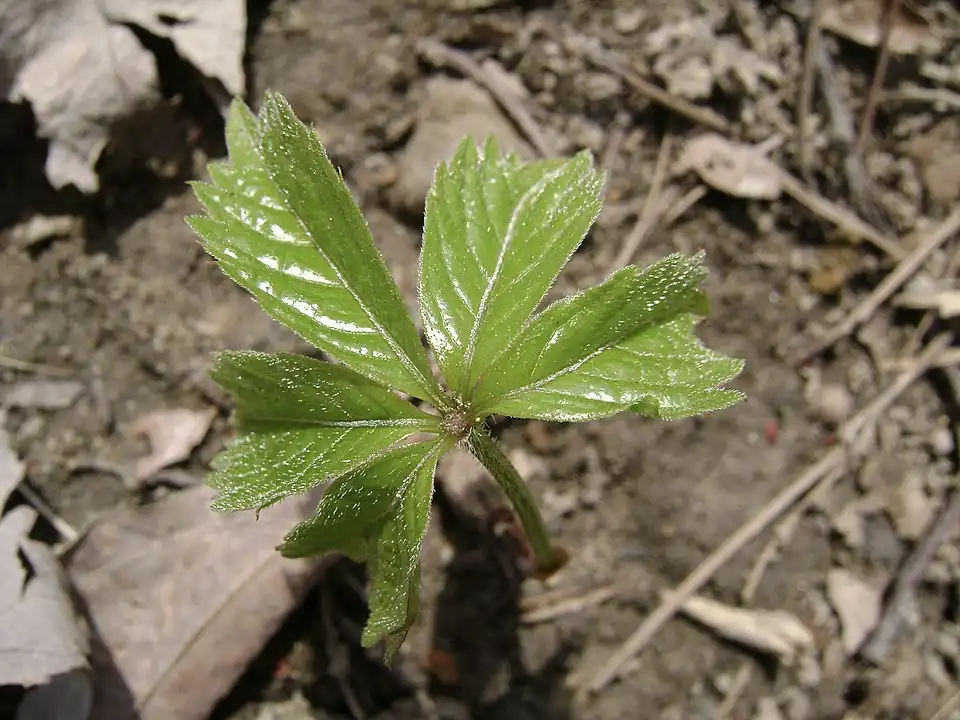
The wonderful and adaptable Virginia creeper, or Parthenocissus quinquefolia, is a common view in eastern and central North America. This deciduous woody vine, well known for its beautiful color leaves, climbing skills, and ecological relevance, enthralls gardeners and wildlife enthusiasts alike.
Leaves that Paint the Seasons:
The group of Virginia creeper leaves which are made up of five leaflets that are similar to an open hand, are one of its different characteristics. These leaves offer a rich green backdrop that is visually pleasing during the growth season. But October is when Carolina Creeper really shines, when the foliage turns an amazing range of crimson tones, bringing an explosion of fall color to any setting.
Factors Influencing the Leaf Drop:
In signaling the plant to start the leaf drop, Temperature, length of daylight, and other environmental factors, all play important roles, which is a dynamic interplay between the plant’s natural life cycle and the rate at which these vines drop their leaves. This procedure could start in the beginning of colder climates than in warmer ones.

1. Seasonal Changes:
Virginia creepers grow and dormant in cycles, the main time for leaves to shed is the autumn season. The plant goes through a stage known as senescence as the light fades and the temperature is low. This phase causes the chlorophyll to break down, exposing the beautiful red and orange colors that are typical of fall leaves.
2. Environmental Factors:
The rapid at which Virginia creepers lose their leaves can depend on environmental factors such as temperature, sunlight, and soil moisture. The period of cooler temperatures and shorter daylight accelerate the senescence process, prompting the leaves to dispatch more speedily.
3. Drought Stress:
In Virginia creepers, increased dry stress can hasten the shed of leaves. The plant’s physiological functions are distracted by low soil moisture, which causes early leaf senescence as a survival strategy. This impact can be lessened by Sufficient irrigation.
4. Individual Variability:
The loss of leaf depends slightly on time amongst Virginia creepers. The rate at which a plant sheds its leaves can be influenced by several factors, including its age, general health, and genetic composition. Younger or stressed plants may lose their leaves more quickly than healthy, well-established vines.

5. Leaf Coloration and Timing:
The vivid fall foliage of Virginia creeper is not only aesthetically pleasing but also a sign that the plant is about to lose its leaves. As the chlorophyll breaks down, the colors shift, indicating the starting of leaf senescence and final removal.
6. Human Intervention:
Human activities like pruning can affect when leaves drop. The loss of Premature leaf may be caused by inappropriate pruning or physical harm to the plants. Nonetheless, careful pruning may be used to control the plant’s growth and form.
7. Disease and Pests:
Diseases and pests can harm the Virginia creepers, hastening the loss of leaves. It is essential to routinely check for illnesses or infestations if you want to keep the plant healthy overall and save its leaves.
Habitat and Adaptability:
The amazing adaptability of Virginia Creeper to a wide range of environments, from fields and woodlands to distract regions, is perceivable. It may be seen sometimes on trees, walls, and other structures because of its capacity to climb and adhere to surfaces utilizing sticky pads at the ends of tendrils. This difference, together with the plant’s capacity to withstand a variety of soil types and lighting circumstances, adds to its appeal for landscaping.
Berries and Wildlife Interaction:
The tiny, blue-black berries that the Virginia creeper bears in late summer are not only visually beautiful but also an important source of food for birds. Although the berries draw wildlife, it’s important to remember that they are very dangerous to people, so use protection when planting Virginia creepers in locations that are frequently visited by people.

Distinguishing from Poison Ivy:
The similar leaf structures of poison ivy and Virginia creeper are frequently confused. Virginia creeper, on the other hand, does not irritate the skin or induce toxicity when we touch it. Because of this difference, it is a safer and more desirable option for persons who are afraid of toxic plants.
Landscaping Appeal:
Virginia creeper is a popular choice among gardeners and landscapers because of its capacity to cover various vertical surfaces, including walls, fences, and arbors. It is a good addition to gardens because of its ability to produce a green curtain or offer shade, which can be used for both practical and decorative reasons.
Conclusion:
In conclusion, a complex interaction between seasonal variations, environmental conditions, and the general health of the plant determines the factors of quick loss of leaves of the Virginia creepers. Gardeners and lovers may better appreciate the natural rhythm of these vines and preserve their versatility and visual attractiveness by adopting suitable care measures based on their understanding of these dynamics.



